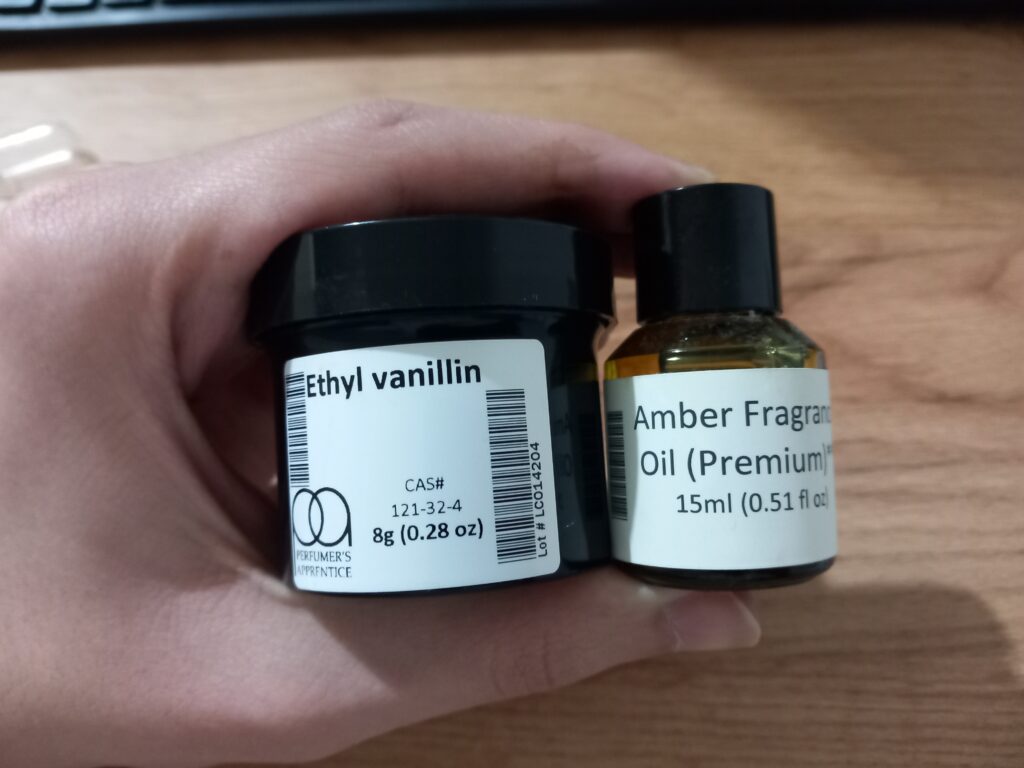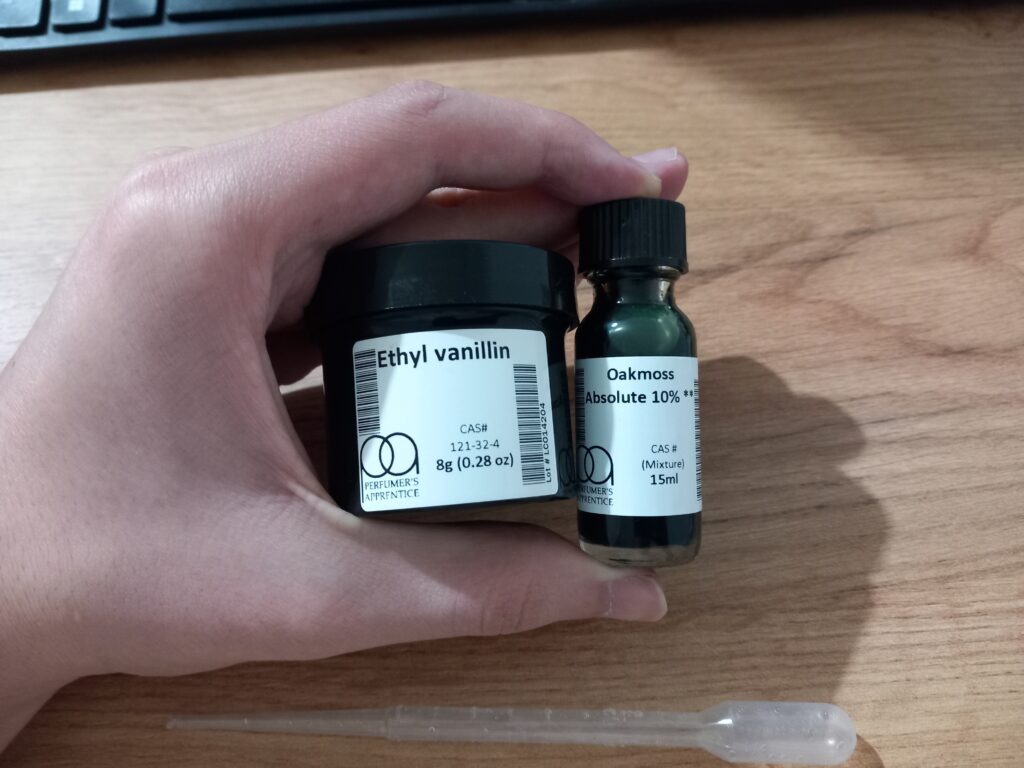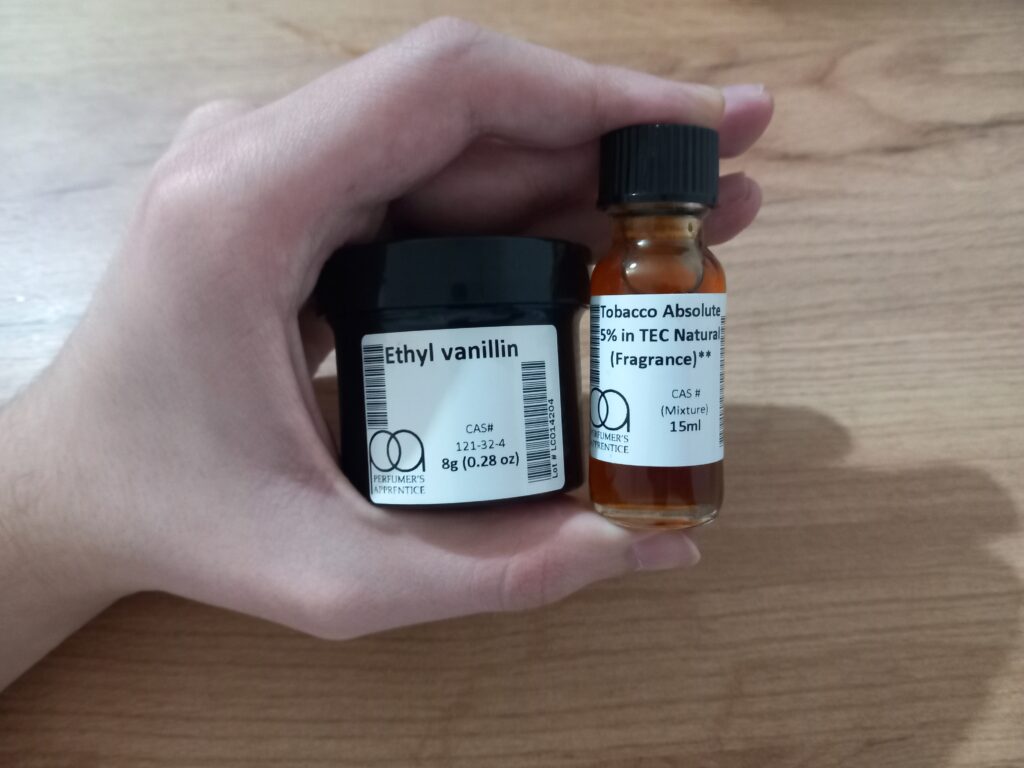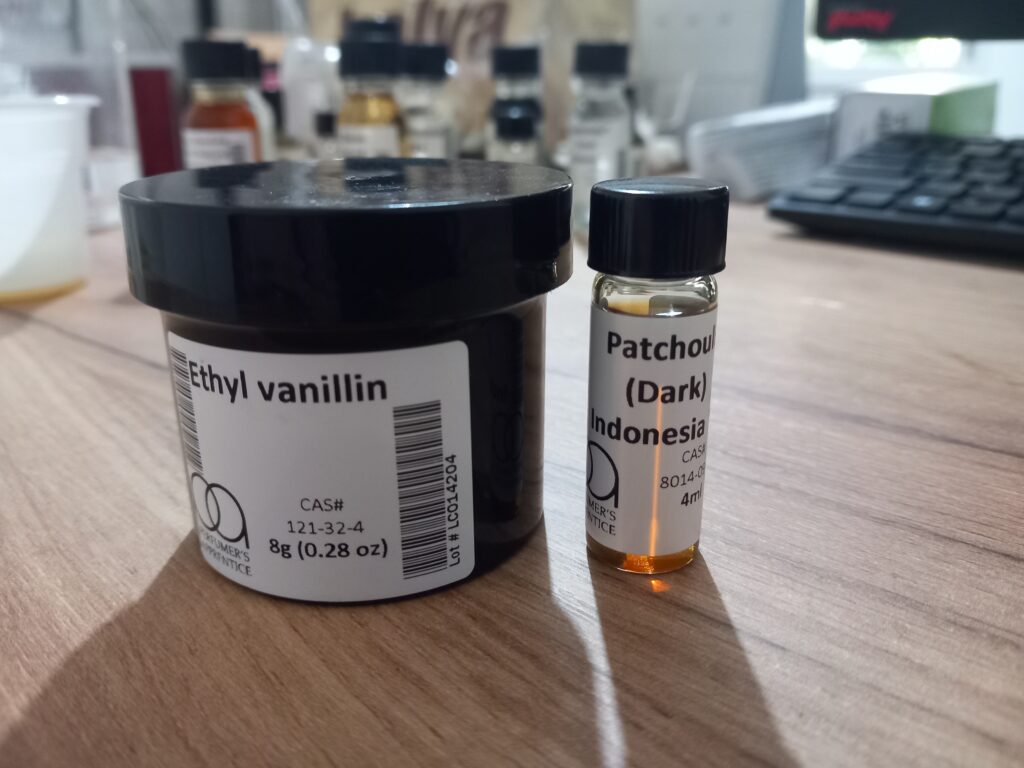Physical Address
304 North Cardinal St.
Dorchester Center, MA 02124
Physical Address
304 North Cardinal St.
Dorchester Center, MA 02124

Vanilla has always held a special place in the world of fragrance—warm, comforting, and endlessly versatile. But have you ever wondered how well it actually pairs with other scents? I did. And instead of relying on guesses or popular opinions, I decided to test it for myself.
Armed with a growing collection of fragrance oils and a curiosity for how different notes interact, I began experimenting with vanilla-based scent combinations. My goal? To discover which scents enhance vanilla’s creamy sweetness, which ones clash, and which pairings could serve as the foundation for an unforgettable, signature fragrance.
In this post, I’ll walk you through my hands-on testing of seven unique combinations. From warm and woody to fruity and fresh, I’ve blended vanilla with a variety of other notes—some classic, some unconventional—and documented my honest thoughts, surprises, and even disappointments.
Let’s dive into the results and see which pairings truly bring vanilla to life.
To make sure my scent evaluations are as accurate and authentic as possible, I developed a consistent testing process for every combination I try. Each blend is tested using both blotter strips and on skin, because some pairings behave differently depending on how they interact with body chemistry.
I always begin by mixing the scents at a specific starting ratio—usually 1:1 unless I anticipate one note overpowering the other. From there, I adjust as needed based on how the initial blend smells both in the air and after it settles. If the combination feels unbalanced, I tweak the ratios in small increments (e.g., 2:1 or 3:1) until I find the most harmonious result.
Each scent is given time to develop fully over a few hours, and I evaluate it at three key stages:
I also allow at least 24 hours between testing different combinations, so my nose is clear and not influenced by the previous scents. I never test more than two combos per day—one on each wrist—so I can give each blend the full attention it deserves without any scent overlap.
This approach helps me judge not only the initial compatibility of each scent pairing, but also how they evolve over time and whether the harmony lasts—or fades.
A. Best Matches

This pairing was nothing short of perfection. Blended at a 1:1 ratio, vanilla and sandalwood created a smooth, luxurious harmony that felt effortless. The warm, creamy sweetness of vanilla met the soft, woody elegance of sandalwood in perfect balance. No tweaks were needed—the combination was naturally cohesive. The scent felt like a calm embrace, evoking a sense of inner peace and grounded warmth. It wasn’t just a fragrance—it was a full-body experience, almost spiritual in how deeply it resonated. This duo easily took the top spot among all seven tested.

A close second to sandalwood, this pairing created a rich, seductive aroma with serious potential as a base for a masculine or unisex fragrance. Amber added warmth, depth, and a slightly resinous sweetness that amplified vanilla’s creamy softness. The overall impression was mysterious and addictive—a scent that lingered and invited you to come closer. It’s hard to describe exactly, but it had a magnetic quality, like something you’d expect in a high-end boutique perfume.

This combination instantly transported me to a warm, exotic destination. Tested at a simple 1:1 ratio, vanilla and tonka bean played beautifully off each other, creating a creamy, slightly nutty sweetness with a hint of spice. The scent was vibrant yet smooth, like a tropical breeze with a hint of baked goods in the air. It gave off major summer vibes, and I could easily see myself reaching for this on warm, sunny days. It’s one of those blends that just feels good.
B. Surprising or Unique Combos That Work

Initially, I had my doubts. Oakmoss has a deeply earthy, almost damp forest-like aroma that felt too intense to blend well with the sweet softness of vanilla. But to my surprise, this combo turned out to be a hidden gem. At a 3:1 ratio (vanilla to oakmoss), the earthiness didn’t overpower—instead, it enhanced. The vanilla gained a mossy richness that grounded it beautifully, creating a scent that felt both mystical and mature. The result was a beautifully balanced blend that brought depth without losing warmth.

This was the dark horse of the group—the most unexpectedly delightful surprise. I initially assumed the result would be heavy, bold, and overly masculine, but once I dialed in the ratio to 3:1 (vanilla to tobacco), the blend transformed. The tobacco added a spicy, smoky warmth that brought a bit of edge, while vanilla softened it with sweet roundness. The result was a smooth, spicy-sweet scent that leaned toward unisex with serious sophistication. This combo has the potential to form the backbone of a high-end, world-class fragrance.
C. Combos That Don’t Work (In My Opinion)

Despite its popularity in the fragrance world, this combo didn’t work for me. I tested multiple ratios—1:1, 2:1, 3:1, even 4:1—and patchouli consistently dominated. Its strong, musky, earthy presence completely overshadowed the vanilla, making the blend feel unbalanced and overly intense. While some might enjoy this duo for its boldness, I found it too overwhelming and not at all harmonious. It feels like a blend that requires surgical precision to work—and I haven’t cracked the code yet.

I had high hopes for this one. Both scents are lovely on their own—vanilla is cozy and inviting, while peach brings a fresh, juicy sweetness. But together, they clashed. No matter the ratio I tried, the blend never reached harmony. It ended up smelling like a cheap, overly sweet body spray that faded quickly. Instead of enhancing one another, the scents seemed to cancel each other out or fight for attention. This was a major letdown, and easily one of the weakest combinations in the batch.
Here’s the comparison table with ratings for each vanilla scent pairing. It includes intensity, longevity, mood, and how easy or difficult it was to layer.
| Combination | Intensity (1-5) | Longevity (1-5) | Mood | Layering Difficulty (1-5) |
| Vanilla + Sandalwood | 4 | 5 | Calm, Luxurious | 1 |
| Vanilla + Tonka Bean | 4 | 4 | Exotic, Uplifting | 1 |
| Vanilla + Amber | 5 | 5 | Seductive, Warm | 2 |
| Vanilla + Oakmoss | 4 | 4 | Earthy, Mysterious | 2 |
| Vanilla + Tobacco | 4 | 4 | Spicy, Smooth, Unisex | 2 |
| Vanilla + Patchouli | 5 | 5 | Overpowering, Harsh | 5 |
| Vanilla + Peach | 2 | 2 | Fruity, Playful (but weak) | 4 |
After testing these seven vanilla scent combinations, I was genuinely surprised by how differently each one behaved. Some blends, like vanilla and sandalwood or vanilla and amber, delivered beautifully balanced and deeply comforting results right out of the gate. Others, like vanilla and patchouli or vanilla and peach, proved trickier—either overpowering or underwhelming, despite their individual charm.
Through this experiment, one thing became clear: vanilla is an incredibly versatile note, but its success in layering depends heavily on finding the right partner and the right ratio. The process taught me that scent compatibility isn’t always predictable—and that’s what makes it so fun to explore.
Now it’s your turn.
If you’ve tried layering vanilla with other scents, I’d love to hear about your experience. Which combos worked for you? Which didn’t?
[…] Vanilla: A classic duo — warm, creamy, and inviting. […]